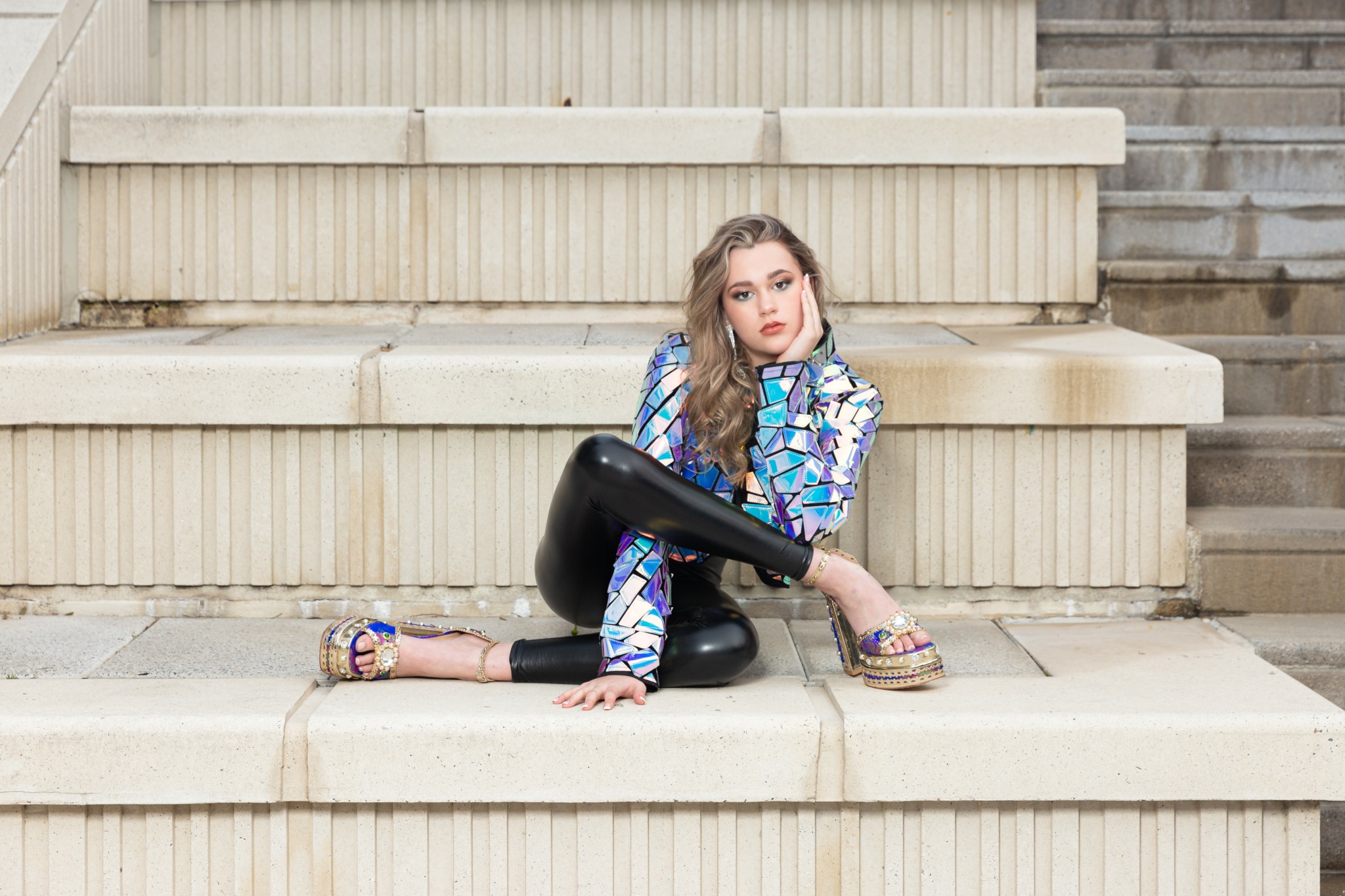We were lucky to catch up with Londyn Pourciau recently and have shared our conversation below.
Londyn, looking forward to hearing all of your stories today. How did you learn to do what you do? Knowing what you know now, what could you have done to speed up your learning process? What skills do you think were most essential? What obstacles stood in the way of learning more?
I start out by watching runway videos on YouTube. From there I started following models on social media. Lastly, I started looking at posing in high end fashion magazines. To speed up my learning, I should have hired an experienced modeling coach. The most important skills are having an understanding of what you’re selling, knowing how to express emotion, and knowing your angles. The obstacles which stood in the way were balancing school/modeling, overcoming not being 5’9″, and overcoming being young. Not a lot of brands and follow creatives want to work with minors.
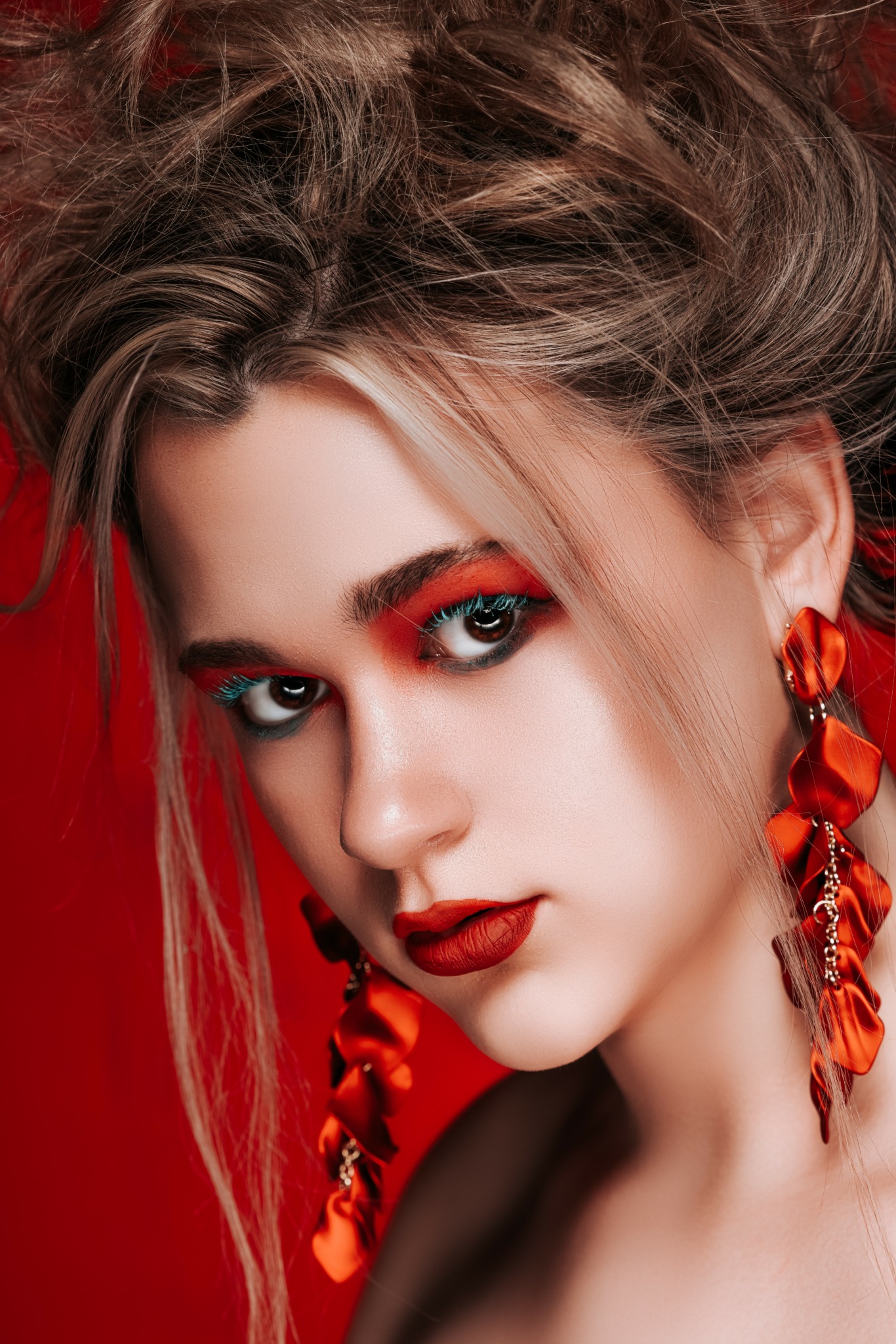
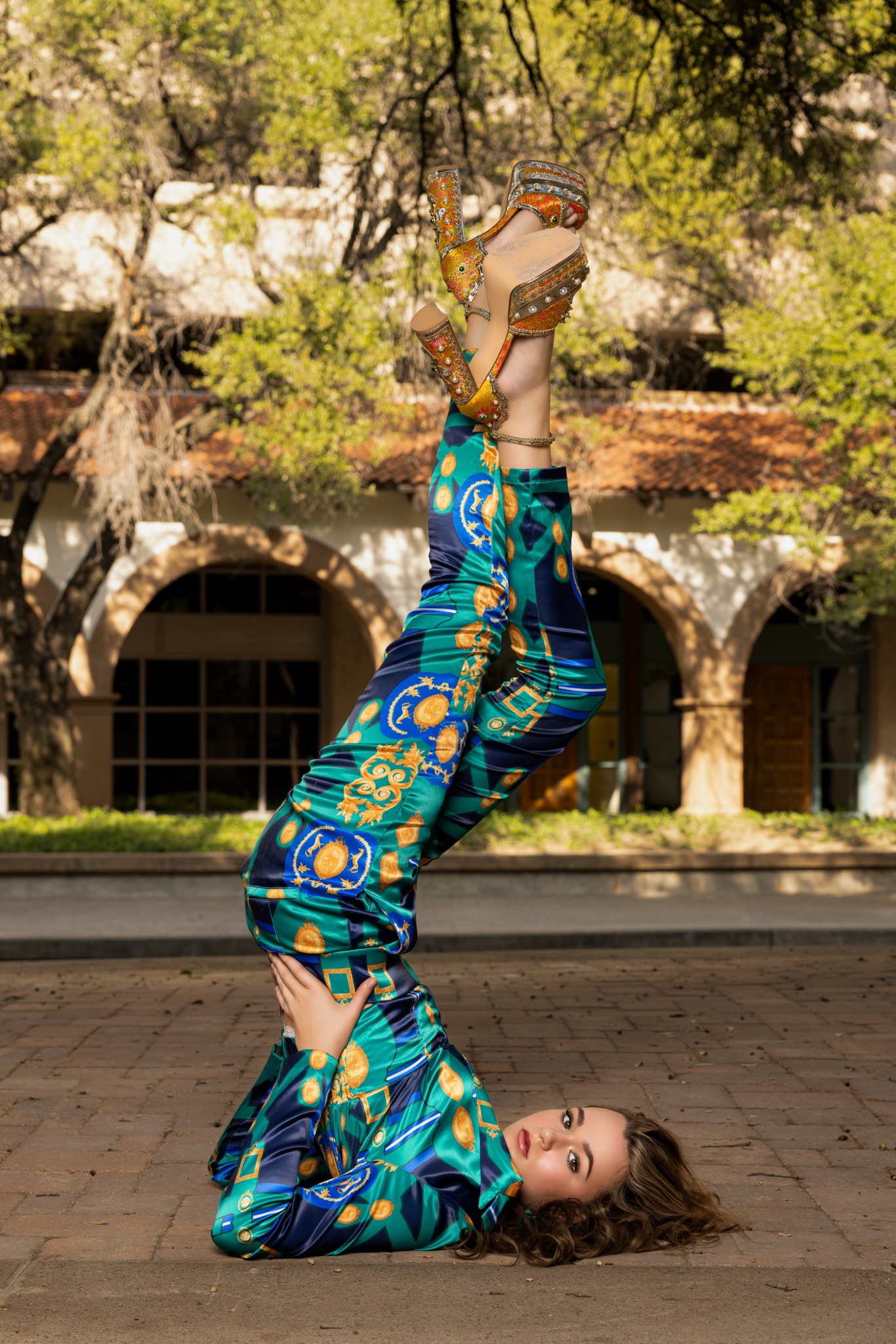
Awesome – so before we get into the rest of our questions, can you briefly introduce yourself to our readers.
Hello, my name is Londyn Pourciau, and I am a dedicated fashion and product model with nearly 6 years of experience.
My journey into modeling began as a referral from a childhood friend’s mother. My own mother made the initial connection, networking to find trustworthy industry contacts and photographers who ultimately helped launch my career.
My portfolio showcases a diverse range of work, including beauty, creative, editorial, and primarily fashion modeling. I am particularly proud of the breadth and quality of this collection.
What sets me apart is my relentless drive and professionalism. As a working teenage model who is not 5’9″ or taller, I have learned early on that success requires fighting twice as hard to prove my versatility and skill. This experience has instilled in me a deep commitment to being dependable, hardworking, punctual, and passionate about every project I undertake.
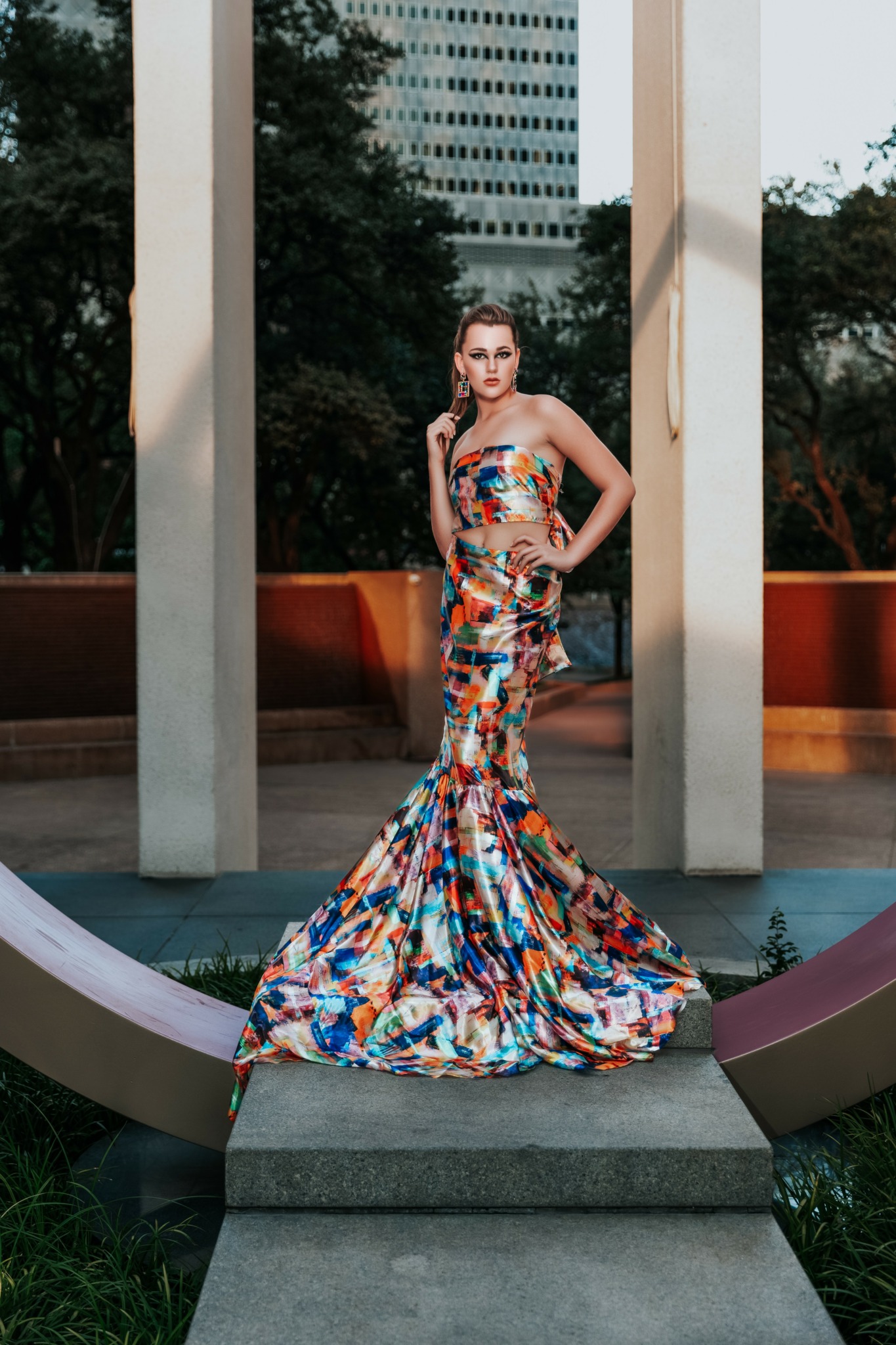
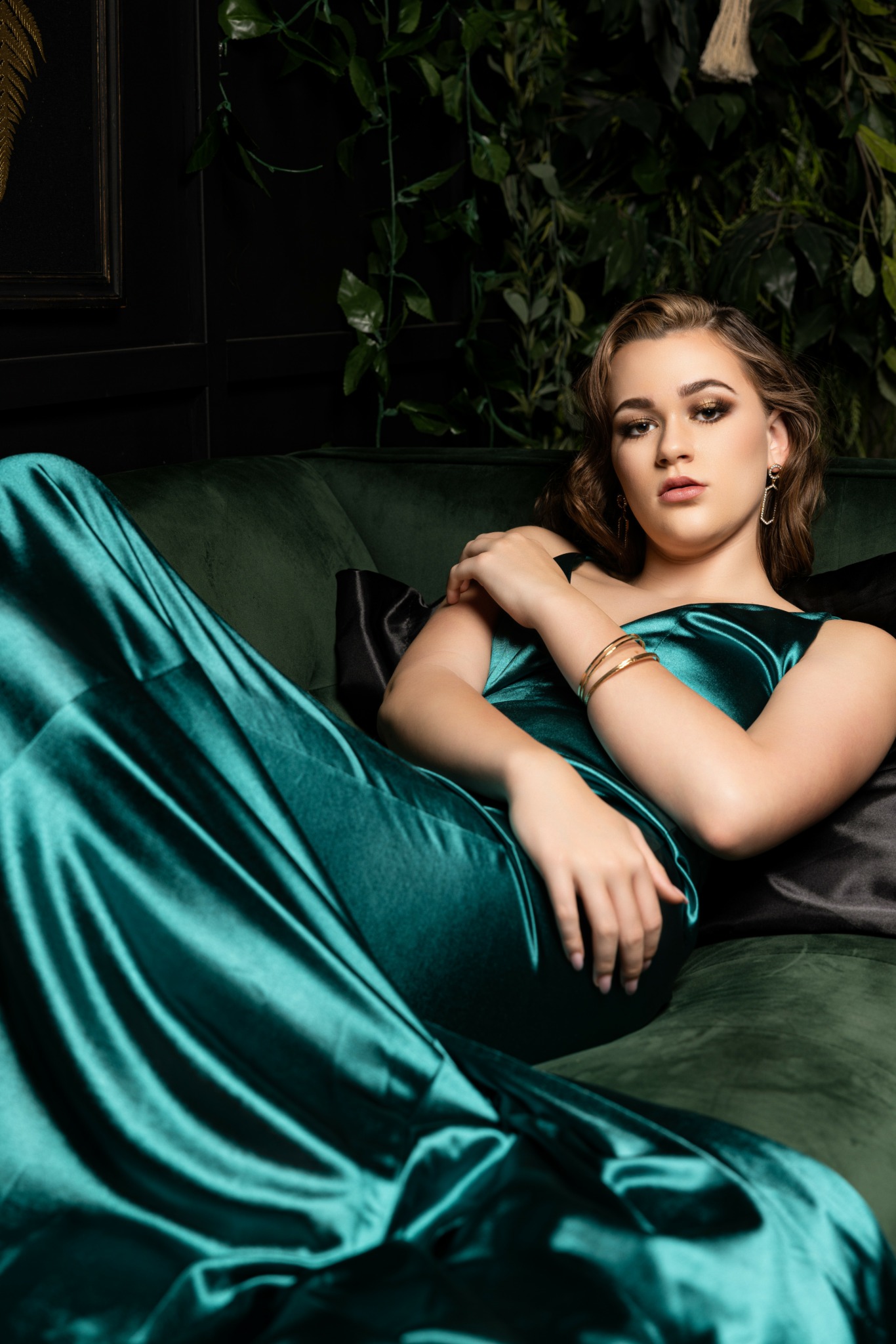
Learning and unlearning are both critical parts of growth – can you share a story of a time when you had to unlearn a lesson?
The most significant professional lesson I had to unlearn was that the rigid, idealized body posture required for professional ballet is fundamentally different—and often counterproductive—to the posture and posing needed for successful commercial and fashion modeling. My career began in the highly disciplined world of classical ballet. From a young age, I was trained to project strength, elegance, and weightlessness to the back row of a large theater. In ballet, you are taught to “lift” your posture from the core, tuck your tailbone under, hold your head high, and maintain perfectly straight lines, often in a state of controlled tension. Every muscle is engaged to defy gravity and create an illusion of effortlessness. When illness forced me to pivot my career path, I naturally fell into modeling. I assumed my years of body awareness and grace would translate seamlessly. My first few test shoots quickly proved me wrong. I walked onto my first modeling sets carrying the physical habits of a dancer. Photographers and agents immediately identified a problem: my poses looked stiff, robotic, and unapproachable. I walked onto my first modeling sets carrying the physical habits of a dancer. Photographers and agents immediately identified a problem: my poses looked stiff, robotic, and unapproachable. Perfection is boring to a lens. I learned that asymmetrical posing—placing weight unevenly, bending one knee, cocking one hip higher than the other—creates movement, visual interest, and a more dynamic, human image.
The lesson wasn’t just about different physical techniques; it was about shifting my entire perception of body language and purpose. I had to stop performing for an audience I couldn’t see and start connecting with a single lens right in front of my face. Unlearning those ballet habits was challenging, but mastering that duality ultimately made me a more versatile and successful model.

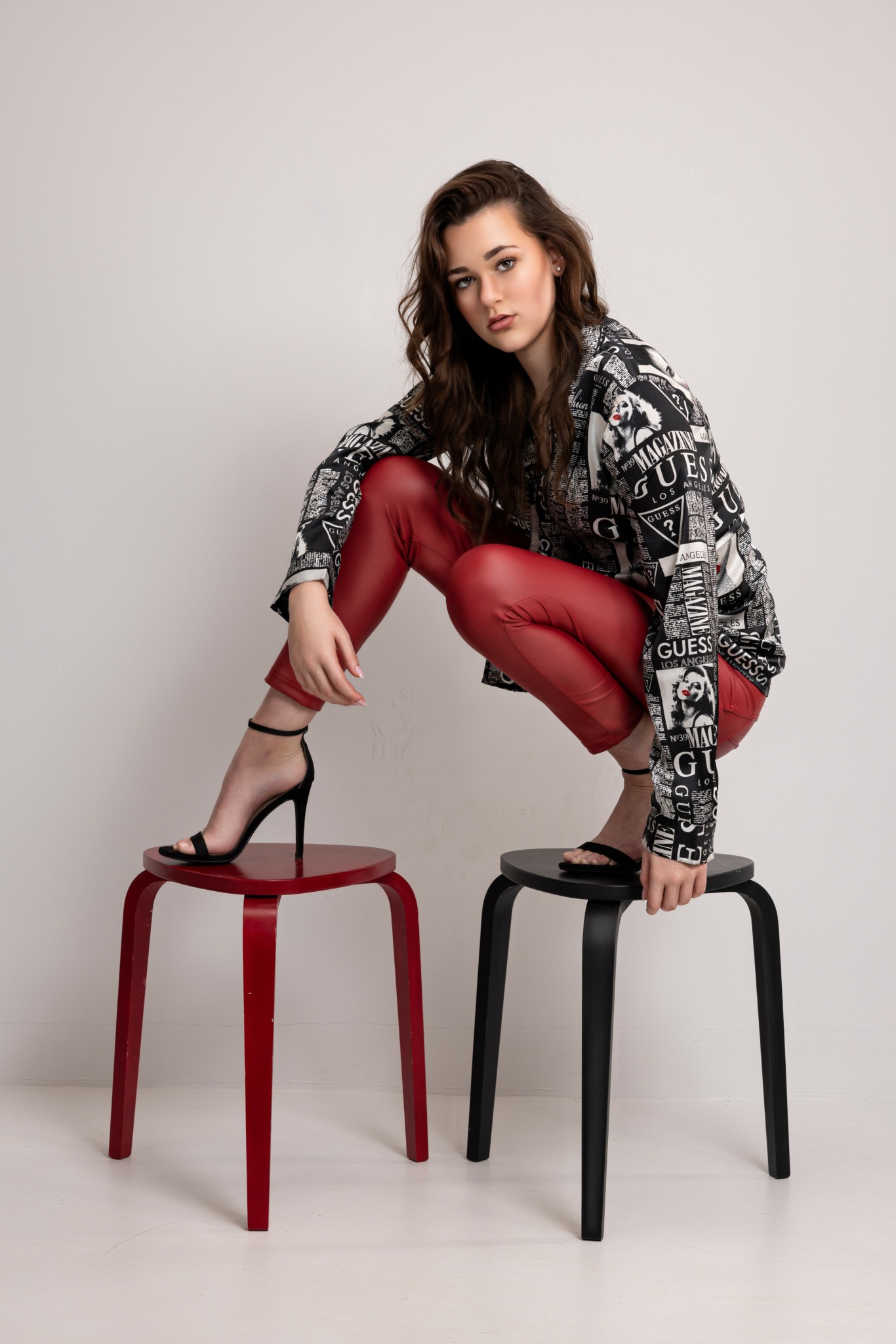
How can we best help foster a strong, supportive environment for artists and creatives?
To best support artists, creatives, and a thriving creative ecosystem, society needs a multi-faceted approach that combines individual actions, community initiatives, and supportive public policy.
Individual and Community Actions
Every person can contribute to a vibrant local scene:
Directly Purchase and Commission Work: Buying artwork, merchandise, music, or services (like hiring a writer or photographer) directly provides crucial financial support to artists.
Attend Events: Show up for art exhibitions, live performances, festivals, and theater productions. Your attendance sustains their work and helps them build an audience.
Amplify and Promote: Use social media to share artists’ work, comment on their posts, and recommend them to your network. Word-of-mouth promotion is a powerful, free way to expand their reach.
Volunteer and Offer Skills: Donate your time or professional expertise (e.g., marketing, legal advice, web design) to non-profit arts organizations or individual artists who may not have the resources to hire professionals.
Integrate Art Locally: Encourage local businesses—coffee shops, restaurants, offices—to display local art, host events, or hire local musicians. This creates exhibition opportunities and makes art part of everyday life.
Provide Mentorship and Education: Experienced artists and community members can offer workshops, classes, and mentorship to young people, inspiring the next generation of creatives.
Contact Info:
- Website: https://kavyar.com/yub8ytpm8pod
- Instagram: https://www.instagram.com/londyn.model/
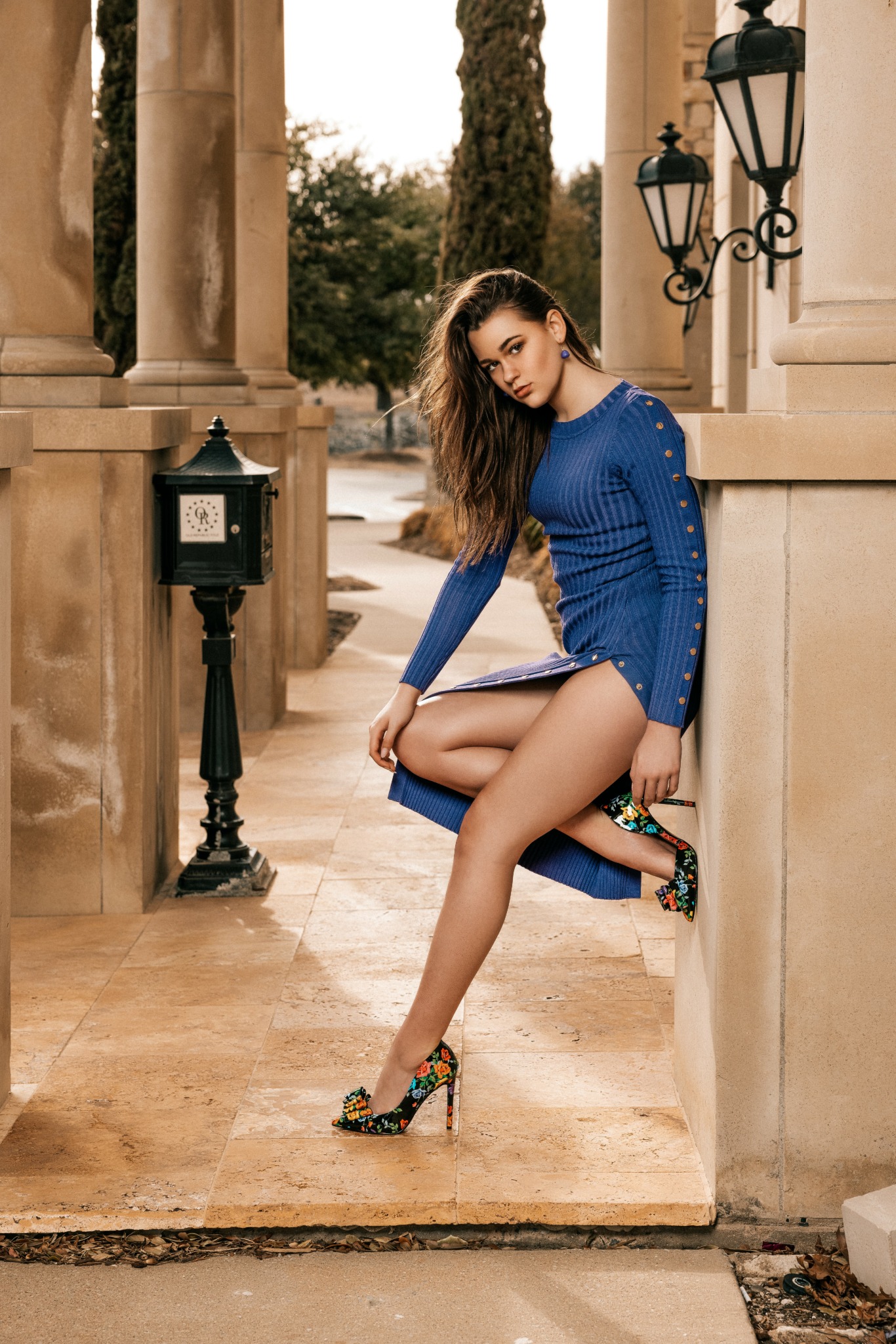
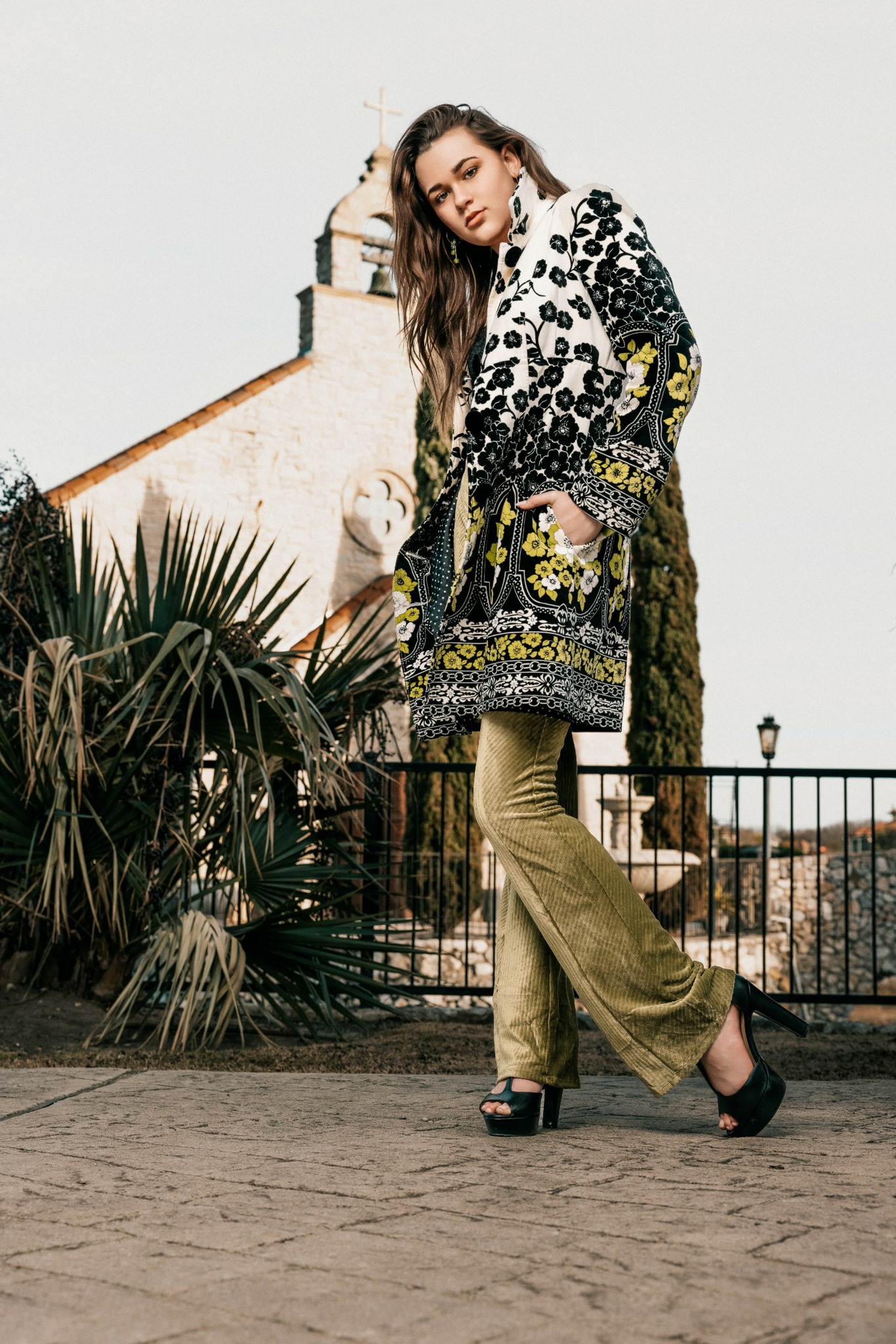
Image Credits
Photographer: Tim Bracey / Tim Bracey Photography


